Study on Iron Source and Original Mineral Assemblage of Iron Formation in Paleoproterozoic Wuzhiling Formation in North China
DOI: 10.23977/erej.2023.070204 | Downloads: 17 | Views: 1436
Author(s)
Bin Tang 1
Affiliation(s)
1 Henan Polytechnic University, Jiaozuo, Henan, 454000, China
Corresponding Author
Bin TangABSTRACT
The Precambrian iron formation is related to the evolution of the earth's environment and is an important record of the evolution of ancient ocean, ancient environment and atmospheric conditions. The Wuzhiling Formation iron formation at the Songshan boundary is one of the newly identified granular iron formations (GIF). Through the study of mineral characteristics and mineral morphology of iron formation in Wuzhiling Formation, it is found that its material source may be hydrothermal fluid; the original sediments may be hematite particles and 'green rust'.
KEYWORDS
Iron Formation, Wuzhiling Formation, Iron Source, Original mineralsCITE THIS PAPER
Bin Tang, Study on Iron Source and Original Mineral Assemblage of Iron Formation in Paleoproterozoic Wuzhiling Formation in North China. Environment, Resource and Ecology Journal (2023) Vol. 7: 23-26. DOI: http://dx.doi.org/10.23977/erej.2023.070204.
REFERENCES
[1] Li Xuping, Chen Yanrong. On the sedimentary-metamorphic mineralization process of the Precambrian banded iron formation [J]. Petrological Journal, 2021, 37(01): 253-268.
[2] Ann E, Isley. Hydrothermal Plumes and the Delivery of Iron to Banded Iron Formation [J]. The Journal of Geology, 1995, 103(2): 169-185.
[3] Shen Baofeng, Zhai Anmin, Yang Chunliang, et al. Spatial-temporal distribution and evolution characteristics of Precambrian iron deposits in China [J]. Geological survey and research, 2005, 28 (4): 196-206.
[4] Bekker A, Slack J F, Planavsky N, et al. Iron Formation: The Sedimentary Product of a Complex Interplay among Mantle, Tectonic, Oceanic, and Biospheric Processes [J]. Economic Geology, 2010, 105(3): 467–508.
[5] Hu Guohui, Zhao Taiping, Zhou Yanyan, et al. Analysis of sedimentary age and provenance of Wufoshan Group in the southern margin of North China Craton: detrital zircon U-Pb age and Hf isotope evidence [J]. Geochemistry, 2012, 41 (4): 326-342.
[6] Wan Yusheng, Liu Dunyi, Wang Shiyan, et al. Early Precambrian crustal evolution in Dengfeng area-geochemistry and zircon SHRIMP U-Pb geochronology constraints [J]. Journal of Geology, 2009, 83 (7): 982-999.
[7] Ma Xingyuan. Songshan tectonic deformation [M]. Geology Press, 1981.
[8] Xie Xiang. Geochemical characteristics and geological significance of BIF in Songshan area [D]. Henan University of Technology, 2015.
[9] Klein C. Some Precambrian banded iron-formations (BIFs) from around the world: Their age, geologic setting, mineralogy, metamorphism, geochemistry, and origins[J]. American Mineralogist, 2005, 90(10): 1473-1499.
[10] Bekker A, Planavsky N J, B Krapež. Iron Formations: Their Origins and Implications for Ancient Seawater Chemistry[J]. Treatise on Geochemistry (Second Edition), 2014, 9: 561-628.
[11] Holland H D. The oceans: a possible source of iron in iron-formations [J]. Economic Geology, 1973, 68, 1169-1172.
[12] Bau M, Möller P. Rare earth element systematics of the chemically precipitated component in Early Precambrian iron formations and the evolution of the terrestrial atmosphere-hydrosphere-lithosphere system [J]. Geochim. cosmochim. acta, 1993, 57(10): 2239-2249.
[13] Li C, Planavsky N J, Love G D, et al. Marine redox conditions in the middle Proterozoic ocean and isotopic constraints on authigenic carbonate formation: Insights from the Chuanlinggou Formation, Yanshan Basin, North China [J]. Geochimica Et Cosmochimica Acta, 2015. 150: 90-105.
[14] Wang Changle, Zhang Lianchang, Lan Caiyun, et al. Analysis of sedimentary facies and sedimentary environment of banded iron formation in Yuanjiacun, Luliang, Shanxi [J]. Petrological Journal, 2015, 31 (6): 1671-1693.
[15] Konhauser K O, Planavsky N J, Hardisty D S, et al. Iron formations: A global record of Neoarchaean to Palaeoproterozoic environmental history [J]. Earth-Science Reviews, 2017, 258(1/2): 87-100.
[16] Beukes N J, Gutzmer J. Origin and Paleoenvironmental Significance of Major Iron Formations at the Archean-Paleoproterozoic Boundary[M]. 2008.
[17] Barthélémy K, Naille S, Despas C, et al. Carbonated ferric green rust as a new material for efficient phosphate removal [J]. J Colloid Interface, 2012, 384(1): 121-127.
[18] Sumoondur A, Shaw S, Ahmed I, et al. Green rust as a precursor for magnetite: an in situ synchrotron based study [J]. Mineralogical Magazine, 2008, 72(1): 201-204.
[19] Srivastava S K, Kichu A M. Mineral assemblages and tectono-provenance of the Oligocene Barail sandstones in parts of Naga Hills of the Assam-Arakan Orogenic Belt, North-east India[J]. Geological Journal, 2021.
[20] Pedersen H D, Postma D, Jakobsen R, et al. Fast transformation of iron oxyhydroxides by the catalytic action of aqueous Fe (II) [J]. Geochimica et Cosmochimica Acta, 2005, 69(16): 3967-3977.
[21] Han T M. Microstructures of magnetite as guides to its origin in some Precambrian iron-formations [J]. Fortschritte der Mineralogie, 1978, 56(1): 105-142.
| Downloads: | 5979 |
|---|---|
| Visits: | 448536 |
Sponsors, Associates, and Links
-
International Journal of Geological Resources and Geological Engineering
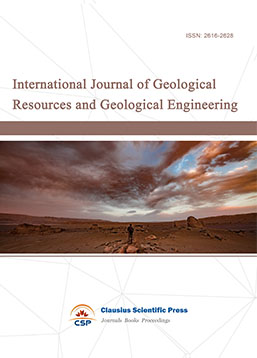
-
Big Geospatial Data and Data Science

-
Solid Earth and Space Physics

-
Environment and Climate Protection
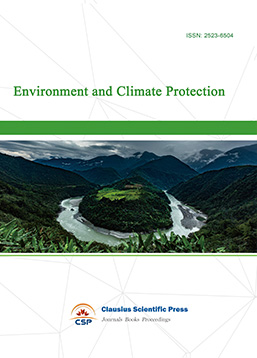
-
Journal of Cartography and Geographic Information Systems

-
Offshore and Polar Engineering

-
Physical and Human Geography
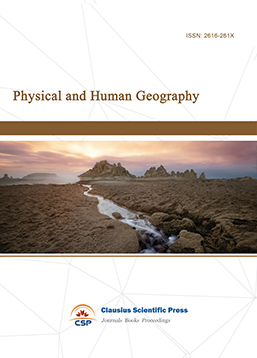
-
Journal of Atmospheric Physics and Atmospheric Environment
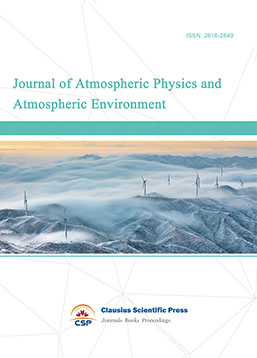
-
Trends in Meteorology

-
Journal of Coastal Engineering Research
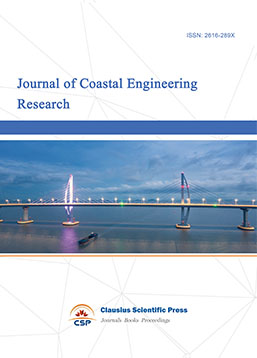
-
Focus on Plant Protection
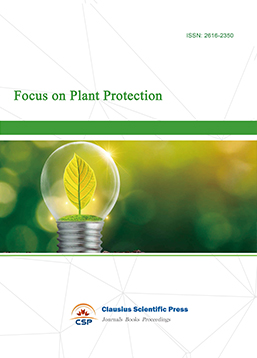
-
Toxicology and Health of Environment
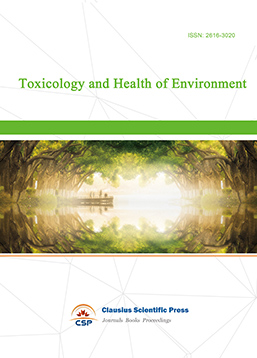
-
Geoscience and Remote Sensing
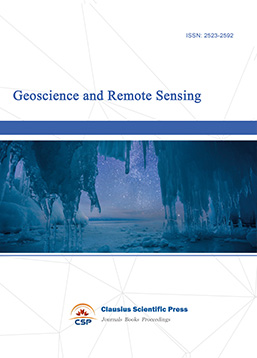
-
Advances in Physical Oceanography

-
Biology, Chemistry, and Geology in Marine
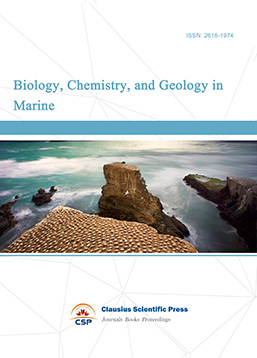
-
Water-Soil, Biological Environment and Energy

-
Geodesy and Geophysics

-
Journal of Structural and Quaternary Geology
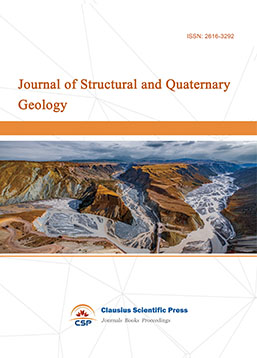
-
Journal of Sedimentary Geology

-
International Journal of Polar Social Research and Review


 Download as PDF
Download as PDF